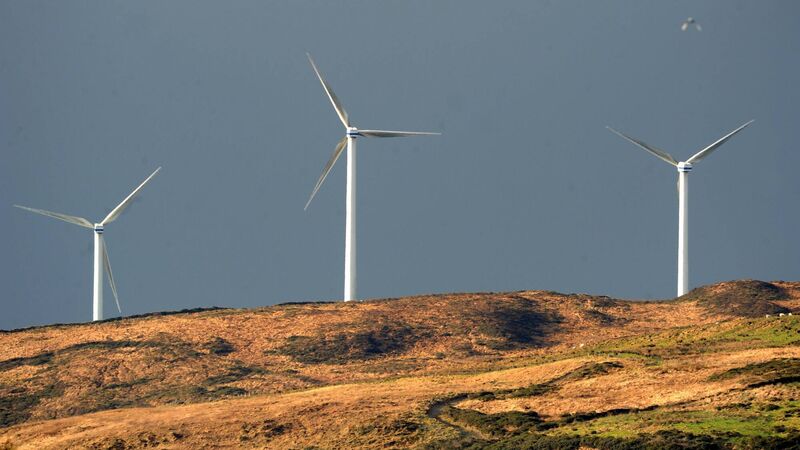Michael Clifford: Governments failing on an issue convulsing communities across Ireland

The introduction of windfarms, though valuable for meeting renewable energy goals, can endanger the long-term cohesion of communities. Picture: Denis Minihane
As the evenings shorten, RTÉ is having another stab at drama.
This season’s offering taps into a major issue in rural Ireland.













